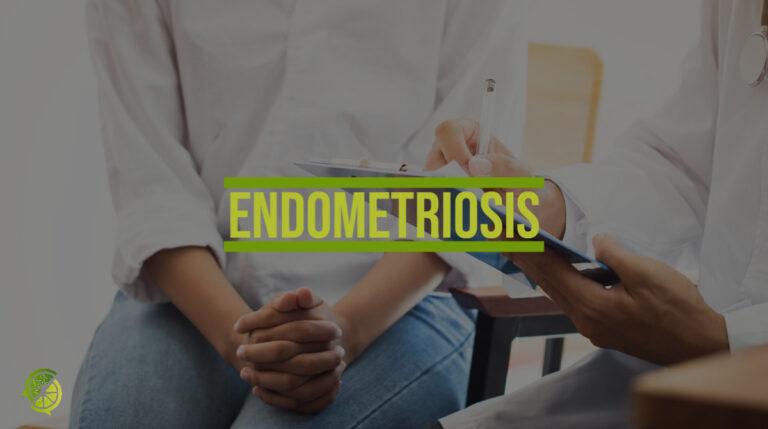
For many women, understanding endometriosis can be overwhelming and daunting. As a condition that affects an estimated 1 in 10 women of reproductive age around the world, it's no surprise that people may feel confused or anxious when it comes to navigating through this disorder.
But don’t worry — we’re going to break down what endometriosis is and discuss some tools you can use for diagnosis and treatment so that you can better arm yourself with knowledge about your health!
Definition of Endometriosis
Endometriosis is a medical condition that affects millions of women worldwide. Essentially, it occurs when the tissue that should grow in the uterus spreads to other parts of the body, such as the pelvis, ovaries, and even the fallopian tubes. This can cause severe pain during menstruation, intercourse, and even bowel movements. Furthermore, symptoms may vary from person to person, making it difficult to diagnose. Unfortunately, there is currently no cure for endometriosis, but there are treatments available to manage the symptoms. If you suspect you may have endometriosis, it is important to speak with your healthcare provider to discuss your concerns and possible treatment options.
Symptoms
Endometriosis is a condition that affects many women and causes a range of uncomfortable symptoms. Women who have endometriosis often experience pelvic pain, heavy periods, and pain during sex as the main symptoms. They may also struggle with fatigue, bloating, and infertility. Endometriosis occurs when the tissue that normally lines the inside of the uterus, called the endometrium, grows outside the uterus. This tissue can attach to other organs in the pelvic region, such as the ovaries and fallopian tubes. While the cause of endometriosis is not yet fully understood, there are treatments available to help manage the symptoms. If you suspect you may have endometriosis, it’s important to speak with your doctor for a proper diagnosis and treatment plan.
The Cause of Endometriosis
Many women may experience pain during menstruation, but for those who suffer from endometriosis, the pain can be debilitating. This chronic condition is caused by the growth of tissue similar to the lining of the uterus in other parts of the body, such as the ovaries, fallopian tubes, and even the bladder or bowel. While the exact cause of endometriosis is still unknown, researchers believe that it may be linked to a variety of factors, such as genetics, hormonal imbalances, and even immune system issues. This condition affects approximately one in ten women of reproductive age and can lead to infertility if left untreated. While there is no cure for endometriosis, there are a variety of treatment options available to help manage symptoms.
Diagnosis & Treatment
Thankfully, there are a variety of diagnoses and treatment options available for those suffering from endometriosis. Diagnosis typically involves a combination of medical history, physical examination, and imaging tests. Treatment options may include pain relief medications, hormonal therapies, or surgery to remove the affected tissue. It is important for women to work closely with their healthcare provider to find the best course of treatment for their specific situation. With the right diagnosis and treatment, many women are able to manage their symptoms and live full, healthy lives.
Life Impact of Endometriosis
Although it affects approximately one in ten women during their reproductive years, endometriosis is often undiagnosed and can have a significant impact on the quality of life for those who suffer from it. Symptoms such as chronic pain, heavy menstrual bleeding, and fertility issues can lead to emotional distress and social isolation. Additionally, the financial burden of managing endometriosis through medical treatments and surgeries can be overwhelming. It is important to raise awareness and support research efforts towards better understanding and treating endometriosis so that individuals affected by this condition can lead fuller, healthier lives.
Lifestyle Tips to Help Manage Pain & Discomfort
If you have been diagnosed with endometriosis, you know how debilitating it can be. While there is no cure for this condition, there are lifestyle tips you can follow to help manage the pain and discomfort. Eating a healthy diet, reducing stress levels, and getting enough rest can help alleviate symptoms. Yoga and other gentle exercises can also help ease the pain associated with endometriosis. It’s important to listen to your body and figure out what works best for you. Remember, managing endometriosis is a journey, not a sprint.

